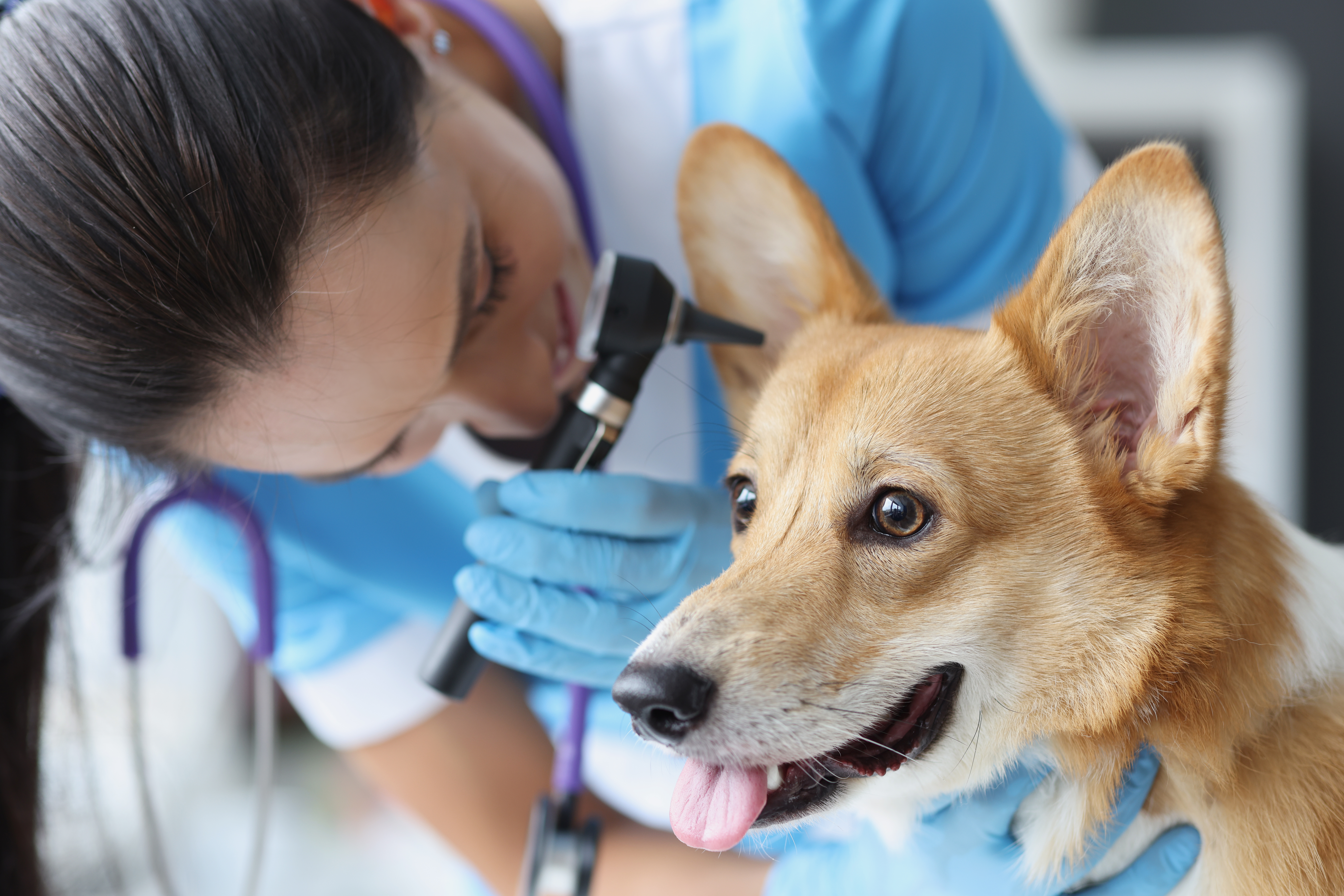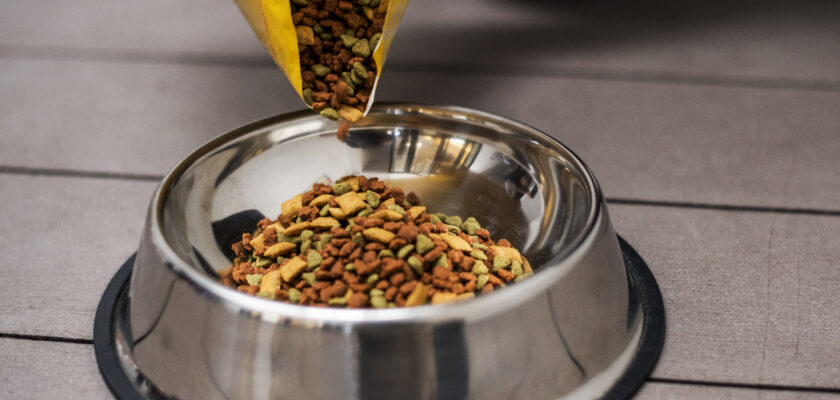Dogs have a different body from humans, so it’s only logical that they can’t eat everything that we do. Only certain foods, such as lean meat and a few fruits and vegetables, are considered safe for dogs. Other human foods can be extremely toxic for them. In this article, we’ve listed the most dangerous foods for dogs and why you must avoid giving them these at all costs.
Avocado
Avocados are one of the few fruits that can cause trouble to dogs. The fruit contains persin, a toxin that is harmless for humans. However, the fungicidal toxin can cause vomiting or diarrhea in dogs. A higher concentration of the compound can also lead to choking. If you grow avocados at home, it is best to keep your fur child away from the plant. It can be fatal if the avocado seed gets stuck in the intestines or stomach.
Macadamia nuts
Macadamia nuts or foods containing these nuts are extremely toxic to dogs. In fact, a handful of macadamia nuts can trigger an allergic reaction in dogs. Look for symptoms like wheezing, vomiting, muscle shakes, and high temperature. If your pet ingests chocolate with macadamia nuts, the symptoms can be worse.
Xylitol
Xylitol is a naturally occurring sugar alcohol used in candies, baked goods, and other sweets. While it poses no threat to humans, xylitol is extremely poisonous to dogs. If consumed, it can lead to liver failure, low blood sugar, and seizures. In extreme cases, it can be fatal. It is prudent to check food labels for any traces of xylitol to avoid accidents.
Chocolate
Chocolate, coffee, and caffeine contain methylxanthines and theobromine that are extremely dangerous to a dog’s health. When consumed, they can trigger vomiting, diarrhea, restlessness, abnormal heart rhythm, wheezing, excessive thirst and urination, tremors, seizures, and in extreme cases, death. It is essential to note that dark chocolate is even more toxic than milk chocolate.
Onions and garlic
Both these foods are known to trigger gastrointestinal problems. They contain disulfides and sulfoxides (thiosulphate), both of which can lead to anemia and damage red blood cells. Ingesting onion, garlic, and chives can cause weakness, vomiting, and breathing problems. Garlic, which was once thought of as an excellent home remedy to get rid of fleas, is actually ineffective and is not recommended by Pet Poison Helpline.
Grapes and raisins
Eating either of these foods can lead to kidney failure in dogs. The exact substance causing this hasn’t yet been nailed down, although there is sufficient evidence to suggest that grapes and raisins are toxic to dogs. Vomiting, lethargy, and depression are a few common symptoms to look out for.
Rhubarb and tomato leaves
These contain oxalates, which can trigger excessive drooling, diarrhea, vomiting, weakness, tremors, and bloody urine.






